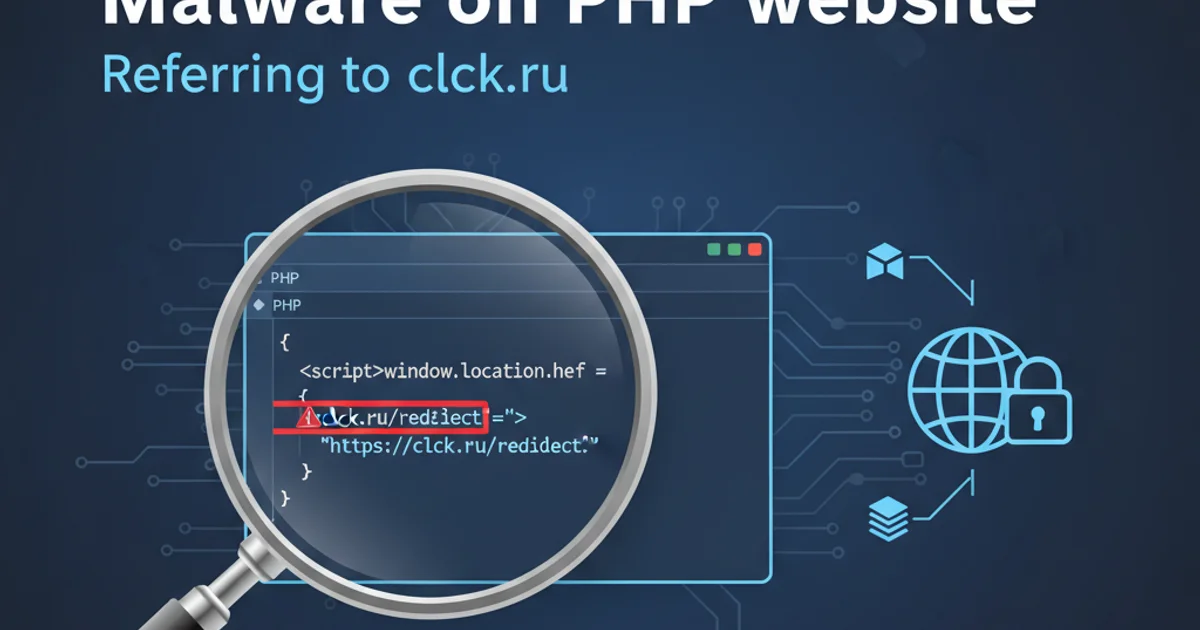Is it possible to open developer tools console in Chrome on Android phone?
Categories:
Debugging on the Go: Accessing Chrome DevTools on Android

Discover how to leverage Chrome's powerful Developer Tools to inspect and debug web pages directly from your Android phone, enhancing your mobile web development workflow.
While Chrome's Developer Tools are a staple for web developers on desktop, the ability to inspect and debug web content directly on a mobile device is crucial for responsive design and performance optimization. This article will guide you through the process of accessing and utilizing Chrome DevTools on your Android phone, enabling you to diagnose issues and fine-tune your mobile web experiences.
Understanding the Challenge: Direct Access Limitations
Unlike desktop browsers where DevTools are built-in and readily accessible via a keyboard shortcut, Android's Chrome browser does not offer a direct, in-app console or inspector for web pages. The primary method for debugging web content running on an Android device involves connecting it to a desktop or laptop computer and using the desktop version of Chrome DevTools for remote debugging.
flowchart TD
A[Android Phone Running Chrome] --> B{USB Debugging Enabled?}
B -- No --> C[Enable USB Debugging]
B -- Yes --> D[Connect to Desktop via USB]
D --> E[Open Chrome DevTools on Desktop]
E --> F["Navigate to 'Remote Devices'"]
F --> G[Select Android Device]
G --> H[Inspect Web Page/WebView]
H --> I[Debug and Analyze]Flowchart of the remote debugging process for Android Chrome.
Prerequisites for Remote Debugging
Before you can begin debugging, you'll need to ensure your Android device and desktop environment are properly configured. This involves enabling developer options on your phone and installing the necessary drivers on your computer.
1. Enable Developer Options on Android
Go to your phone's 'Settings' > 'About phone' (or 'About device'). Tap 'Build number' seven times rapidly. You'll see a toast message indicating that 'Developer options' have been enabled.
2. Enable USB Debugging
Navigate back to 'Settings' and you should now see 'Developer options'. Tap on it and enable 'USB debugging'. Confirm any prompts that appear.
3. Connect Android Device to Computer
Use a USB cable to connect your Android phone to your desktop or laptop. On your phone, you might be prompted to 'Allow USB debugging' for your computer. Grant permission.
4. Install ADB Drivers (if necessary)
For Windows users, you might need to install specific ADB drivers for your device. Google provides a universal ADB driver, or you can check your phone manufacturer's website. macOS and Linux typically don't require additional drivers.
Initiating Remote Debugging with Chrome DevTools
Once your device is set up, you can use the desktop version of Chrome to inspect and debug content on your Android phone. This allows you to access the full suite of DevTools features, including the console, elements inspector, network tab, and more.
1. Open Chrome on your Desktop
Launch Google Chrome on your desktop computer.
2. Access Remote Devices
Open Chrome DevTools (Ctrl+Shift+I or Cmd+Option+I). In DevTools, click the three-dot menu (⋮) in the top right corner, then navigate to 'More tools' > 'Remote devices'.
3. Select Your Android Device
In the 'Remote devices' tab, your connected Android device should appear under the 'Devices' list. If it doesn't, ensure USB debugging is enabled and the connection is stable. You might need to refresh the page or reconnect the device.
4. Inspect a Tab or WebView
Under your device, you'll see a list of open Chrome tabs and any debuggable WebViews (e.g., within a hybrid app). Click 'Inspect' next to the tab or WebView you wish to debug. A new DevTools window will open, mirroring the content on your phone.
5. Start Debugging
You can now use the desktop DevTools as you normally would, but all actions and inspections will apply to the web content running on your Android phone. This includes using the console, inspecting elements, analyzing network requests, and profiling performance.
WebView.setWebContentsDebuggingEnabled(true); in your Android application code.